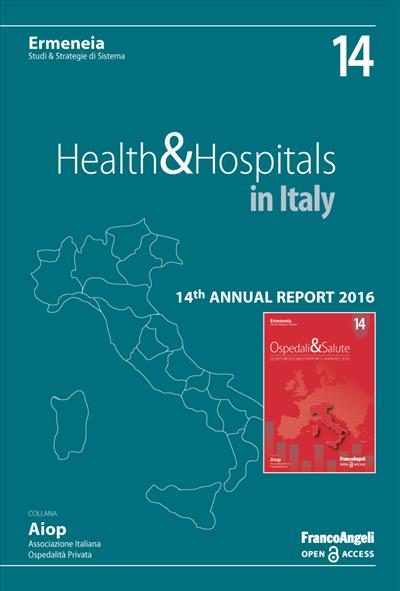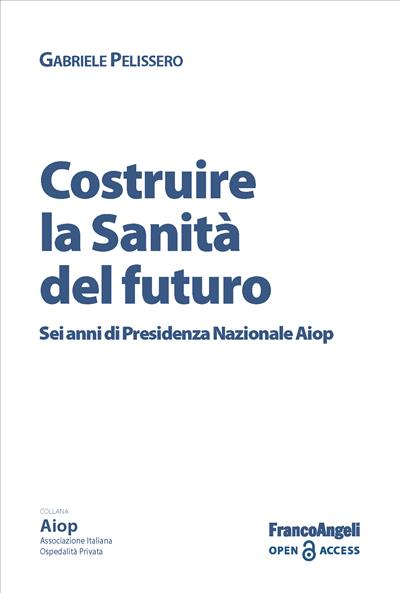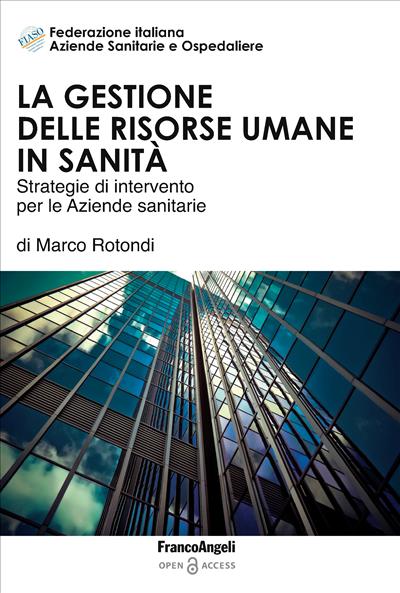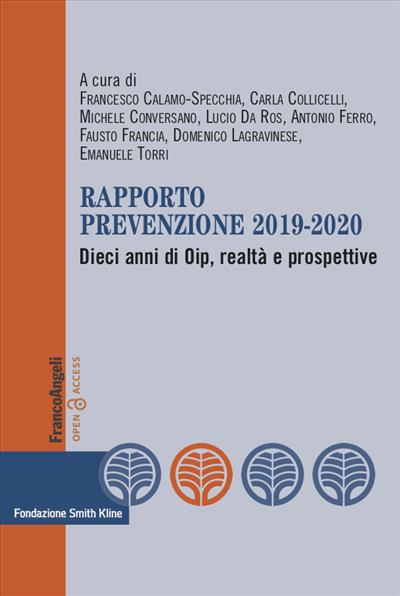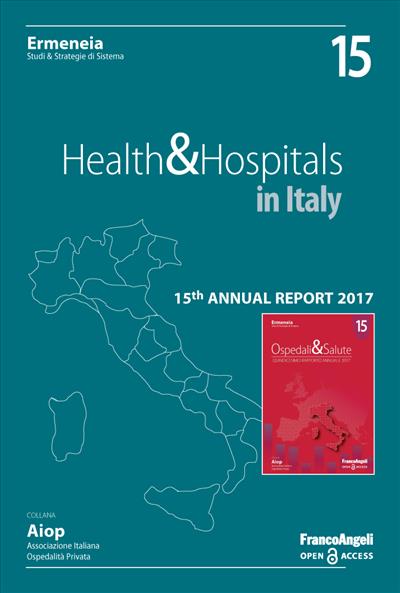
Health & Hospitals in Italy.
15th Annual Report 2017
The performance of the Italian hospital system, which is quite a substantial organization: 1,100 healthcare institutes, 200,000 patient beds, 8.9 million hospitalizations, more than 630,000 workers and a total expenditure of EUR 62.3 billion, equivalent to 55.3% of total public health spending. Thus it is an extremely complex "machine", on the one hand, and an equally complex world of users receiving the various services, on the other.
Pagine: 240
ISBN: 9788891774620
Edizione:1a edizione 2018
Codice editore: 10035.5
Informazioni sugli open access
